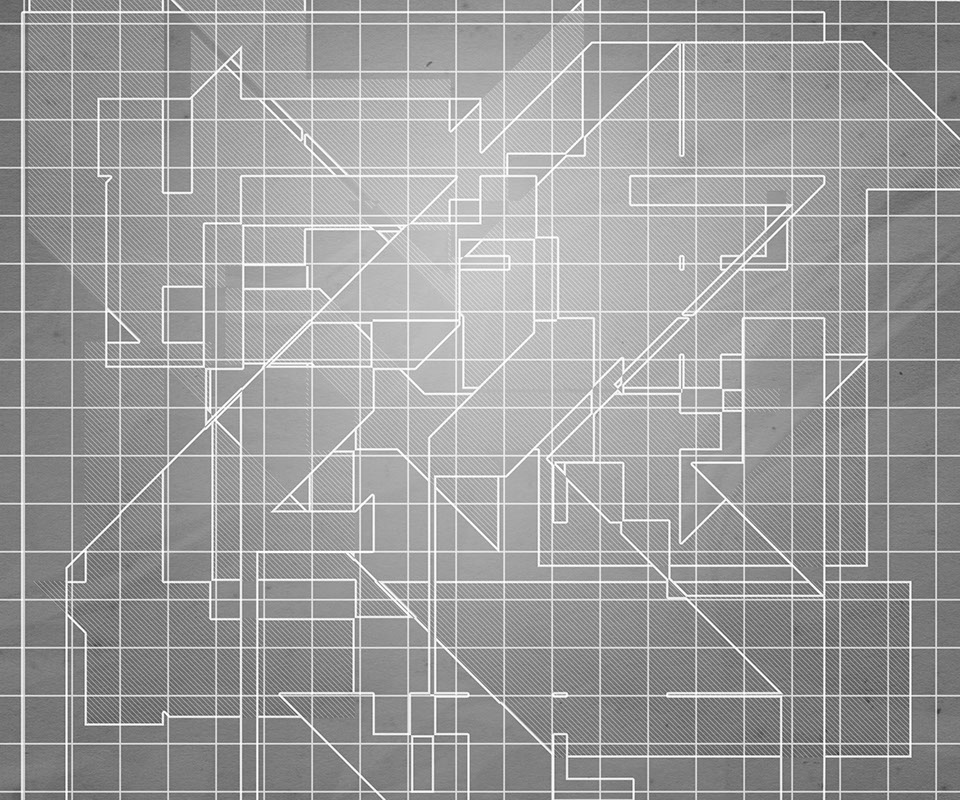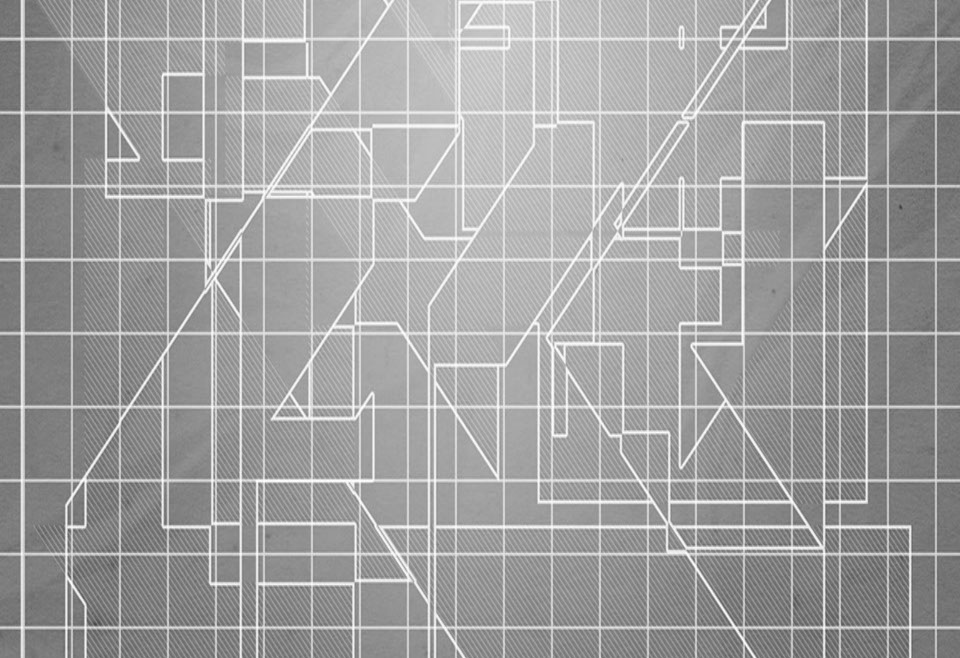
Rotational casting, also known as roto casting, is a molding process for creating many kinds of items, mostly hollow in form and typically made of plastic.

A
MakerHive
Member
The RotoMAAK
How Does It Work?
A hollow mold is filled with a charge or shot weight of air cure resin. It is then slowly rotated (usually around two perpendicular axes) causing the softened material to disperse and stick to the walls of the mold. In order to maintain even thickness throughout the part, the mold continues to rotate at all times during the casting phase to avoid sagging or deformation. This process was applied to plastics in the 1940's, but in it's early years was rarely used due to a slow process and restriction to a small number of plastics. Over the past two decades, improvements in process control and developments with air cure epoxies and plastic powders have resulted in significant increase in usage.
Our Innovation
Our machine allows the hobbyist to experiment with different casting materials and mold creation. With the popularity of DIY 3D printing, you now have the ability to create a 3D object in a relatively short amount of time compared to the traditionally prototype or 1 off manufacturing process. 3D Printing allows you to create one part faster than traditional processes, but not many at the same time. With rotational casting you have many options to reproduce many identical parts from a successful print. Additionally, it is not limited to 3D printed molds, you can create a mold from almost any part and in turn reproduce a hollow replica of the item.
- TeMAAK





